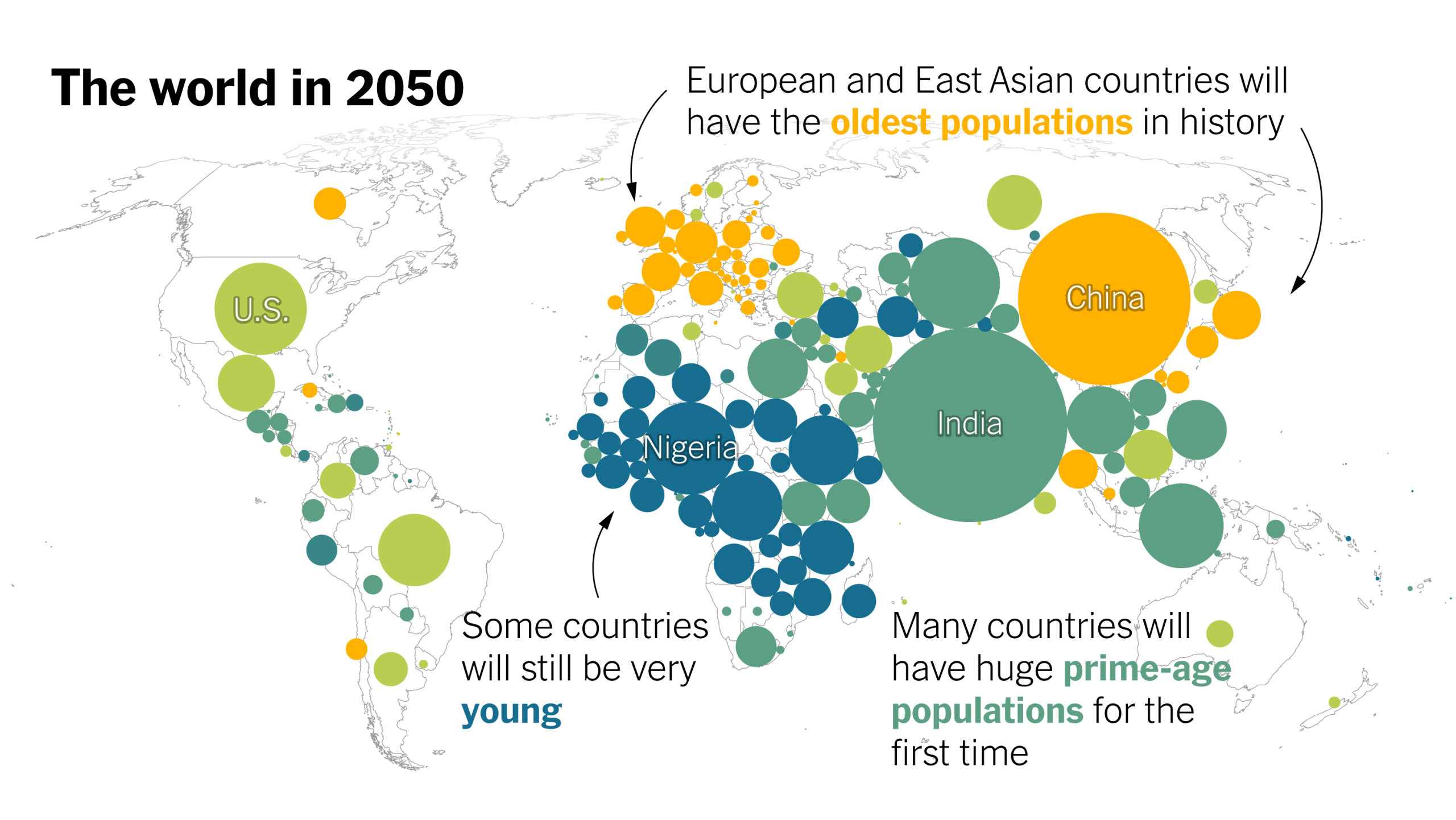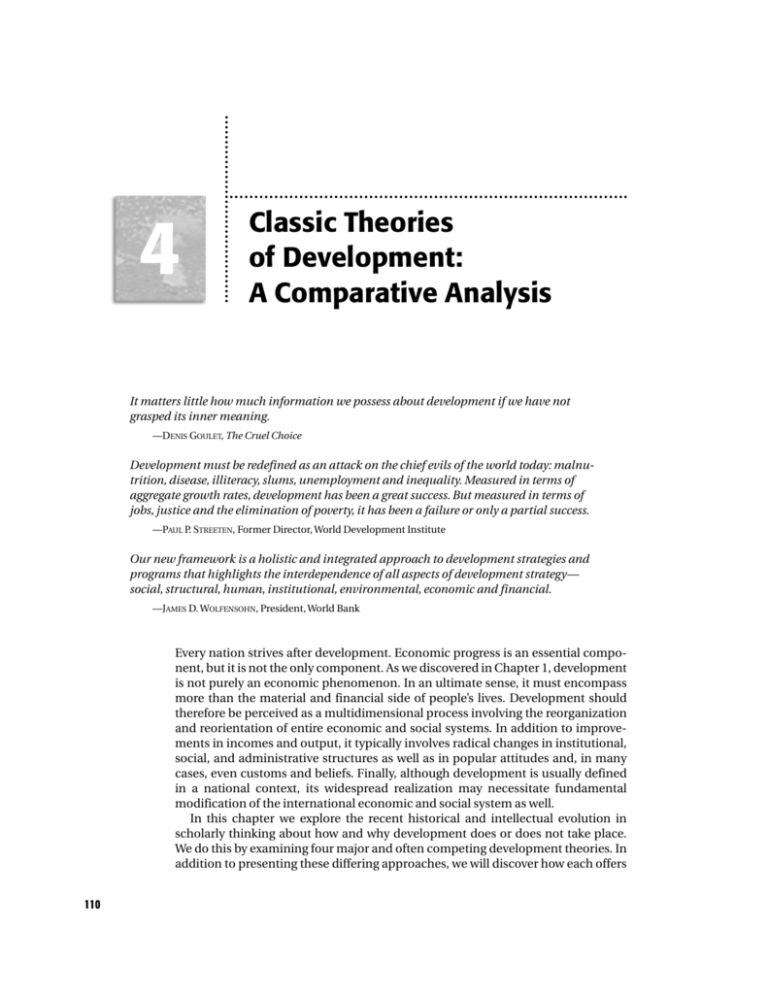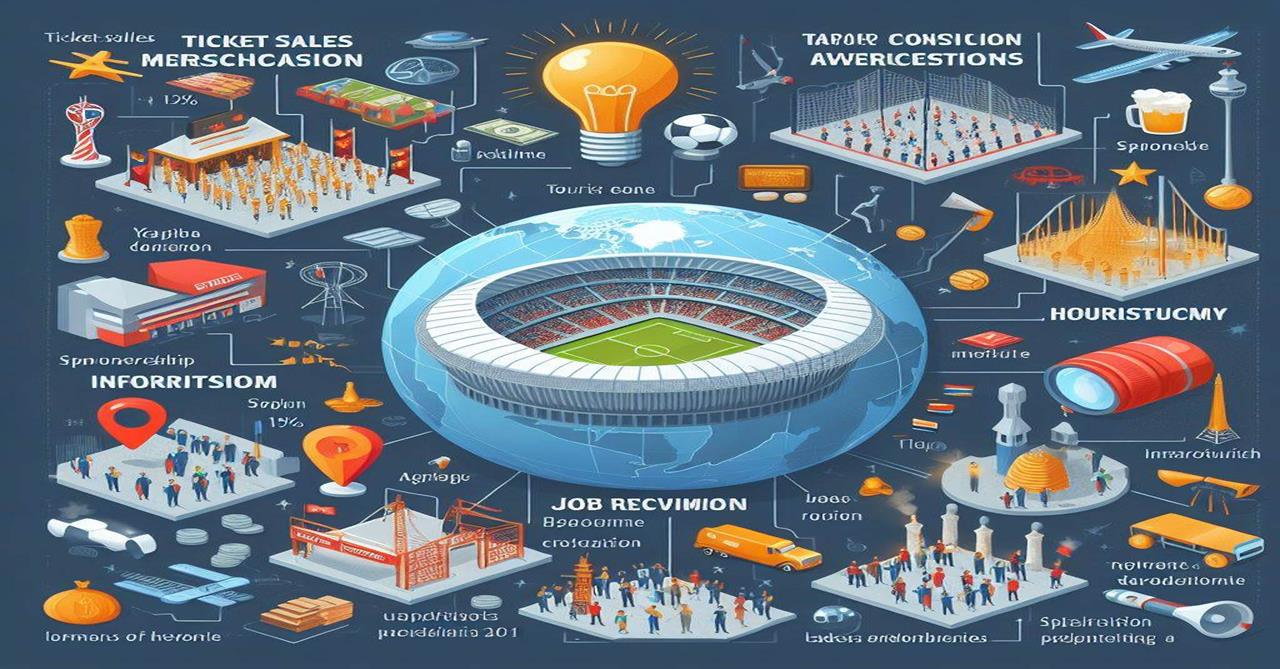
Demographic Shifts: A Deep Dive into Their Impact on Global Economic Growth
Imagine a silent, invisible force reshaping our world, one birth and one birthday at a time. This force is demographic shifts, and it’s profoundly influencing everything from the size of our workforce to the types of products we buy, ultimately shaping the very fabric of global economic growth.
For beginners, understanding these shifts might seem complex, but think of it this way: the number of people, their age, and where they live all have a ripple effect on how much goods and services are produced, how much people earn, and how governments spend money. This article will break down these crucial changes and explain their impact on the global economy in simple terms.
What Exactly Are Demographic Shifts?
In simple terms, demographic shifts refer to significant changes in the characteristics of a population over time. These changes aren’t just about the total number of people; they also involve:
- Population Size: Whether the number of people in a country or globally is growing, shrinking, or staying the same.
- Age Structure: The proportion of people in different age groups (e.g., children, working-age adults, seniors). This is often the most impactful factor.
- Geographic Distribution: Where people live, such as the movement from rural areas to cities (urbanization) or across national borders (migration).
Key Demographic Trends Shaping Our World
Several major demographic trends are currently underway, influencing every corner of the globe:
- Aging Population: This is perhaps the most significant trend. People are living longer than ever before, thanks to better healthcare, nutrition, and living conditions. At the same time, birth rates in many countries are falling. This combination means that the proportion of older people in the population is growing, while the proportion of younger people is shrinking.
- Example: Countries like Japan, Germany, and Italy have a very high percentage of elderly citizens.
- Declining Birth Rates: In many developed nations and increasingly in some developing ones, families are having fewer children. This is due to factors like increased education for women, access to family planning, higher costs of raising children, and changing social values.
- Increased Life Expectancy: People are living longer, healthier lives. While this is a wonderful achievement, it also contributes to the aging population trend.
- Urbanization: More and more people are moving from rural areas to cities in search of better job opportunities, education, and services. This leads to the rapid growth of mega-cities, especially in developing countries.
- International Migration: People are moving across borders more frequently, whether for work, safety, or family reasons. This can significantly alter the population makeup of both the sending and receiving countries.
- Youth Bulges: While many parts of the world are aging, some regions (especially in Sub-Saharan Africa and parts of South Asia) still have a very large proportion of young people. This "youth bulge" presents both opportunities and challenges.
How Demographic Shifts Affect Economic Growth
These population changes don’t just happen in a vacuum; they have profound effects on a nation’s ability to grow its economy. Let’s explore the key impacts:
1. Impact on the Labor Force
The most direct link between demographics and the economy is through the labor force (the number of people available to work).
- Shrinking Workforce: In countries with aging populations and low birth rates, the number of working-age people available to produce goods and services shrinks. Fewer workers can mean slower economic growth.
- Analogy: Imagine a factory with fewer and fewer workers each year. It’s harder for that factory to produce as much.
- Productivity Challenges: An aging workforce might be less adaptable to new technologies or physically demanding jobs. However, older workers also bring valuable experience and wisdom. The challenge is ensuring their skills remain relevant.
- Skills Gap: As economies evolve, the skills needed also change. Demographic shifts can worsen skills gaps if the education system isn’t preparing the younger generation for future jobs, or if older workers aren’t re-skilled.
2. Impact on Consumption and Savings
How people spend and save money changes with age, which affects overall demand in the economy.
- Changing Consumption Patterns:
- Younger populations: Tend to spend more on education, housing, and raising families.
- Older populations: May spend more on healthcare, leisure, and retirement-related services, but might also reduce overall consumption if they’re on fixed incomes.
- Savings Rates: As populations age, there’s often a shift from saving (for retirement) to dissaving (spending retirement savings). This can impact the availability of capital for investment, which is crucial for economic growth.
3. Impact on Innovation and Entrepreneurship
Innovation is the engine of long-term economic growth, and demographics play a role here too.
- Youth as Innovators: Historically, younger populations are often seen as more entrepreneurial and willing to take risks, driving new ideas and businesses. A shrinking youth population could potentially slow this down.
- Experience vs. Novelty: While youth bring fresh perspectives, experienced older workers can provide valuable mentorship and stability to new ventures. The key is to foster collaboration between generations.
4. Strain on Public Finances (Healthcare & Pensions)
One of the most pressing challenges of an aging population is the increased burden on government budgets.
- Rising Healthcare Costs: Older people generally require more medical care. As the proportion of elderly citizens grows, national healthcare systems face massive increases in costs.
- Pension System Pressure: Many countries have "pay-as-you-go" pension systems, where current workers’ contributions pay for current retirees’ pensions. With fewer workers and more retirees, these systems come under immense financial strain, potentially leading to higher taxes or reduced benefits.
- Concept: This is known as the dependency ratio – the number of non-working dependents (children and elderly) per working-age person. A higher ratio means more people are reliant on a smaller workforce.
5. Housing and Infrastructure
Demographic shifts also influence what types of homes and infrastructure are needed.
- Housing Demand: Urbanization leads to high demand for affordable housing in cities. An aging population might demand more accessible homes or specialized living facilities.
- Infrastructure Needs: Cities need more public transport, utilities, and services. Rural areas, if depopulating, might see underused infrastructure.
6. Global Inequality and Geopolitics
Demographic disparities can create new forms of global inequality and even affect international relations.
- "Demographic Dividends" vs. "Burdens": Countries with a large working-age population relative to dependents can experience a "demographic dividend" (faster economic growth). Those with a high dependency ratio face a "demographic burden."
- Migration Pressures: Disparities in economic opportunities and aging populations in some regions (like Europe) versus youthful, rapidly growing populations in others (like Africa) can increase migration flows, leading to social and political tensions if not managed well.
Opportunities Amidst the Shifts
While the challenges are significant, demographic shifts also present unique opportunities for innovation and new economic sectors.
- The "Silver Economy": This refers to the growing market for products and services tailored to older adults. This includes everything from specialized healthcare and assistive technologies to travel, leisure, and financial services for retirees.
- Automation and AI: As labor forces shrink, technology can step in to fill the gap, boosting productivity and allowing fewer workers to achieve more. This can offset some of the negative impacts of a shrinking workforce.
- Lifelong Learning and Skill Development: Investing in education and re-skilling programs for workers of all ages can keep the labor force adaptable and productive, even as industries change.
- Leveraging Migration: Managed migration can help fill labor shortages in aging countries, bringing new skills, diverse perspectives, and economic dynamism.
- New Economic Models: The need to support aging populations or manage growing urban centers can drive innovation in areas like sustainable urban planning, circular economy models, and shared services.
Strategies for a Resilient Future
Understanding these shifts is the first step; taking proactive measures is the next. Governments, businesses, and individuals all have a role to play in adapting to this new demographic reality.
- Reforming Pension and Healthcare Systems: Shifting to more sustainable pension models (e.g., later retirement ages, mix of public/private funds) and finding cost-effective ways to deliver quality healthcare are critical.
- Investing in Education and Skills: Ensuring that education systems prepare young people for future jobs and providing opportunities for lifelong learning for all ages is vital for a productive workforce.
- Promoting Healthy Aging and Labor Force Participation: Encouraging healthy lifestyles and creating flexible work environments can allow older individuals to remain active in the workforce longer if they choose.
- Smart Urban Planning: Designing cities that are sustainable, accessible, and livable for diverse age groups, with efficient infrastructure.
- Fostering Innovation and Entrepreneurship: Creating an environment where new ideas can flourish, regardless of age, and where technology can augment human capabilities.
- International Cooperation: Addressing global migration, sharing best practices for managing aging populations, and fostering balanced global development requires international collaboration.
Conclusion: Navigating the Demographic Tides
Demographic shifts are not just statistics; they are a fundamental force reshaping our global economy. From the number of hands available to work to the types of goods consumers demand and the strain on public budgets, every aspect of economic growth is touched.
While the challenges of aging populations, declining birth rates, and rapid urbanization are significant, they are not insurmountable. By understanding these trends and implementing proactive strategies – from reforming social systems to investing in technology and education – societies can adapt, innovate, and continue to foster economic prosperity for generations to come. The future of the global economy hinges on our ability to navigate these powerful demographic tides wisely.




Post Comment